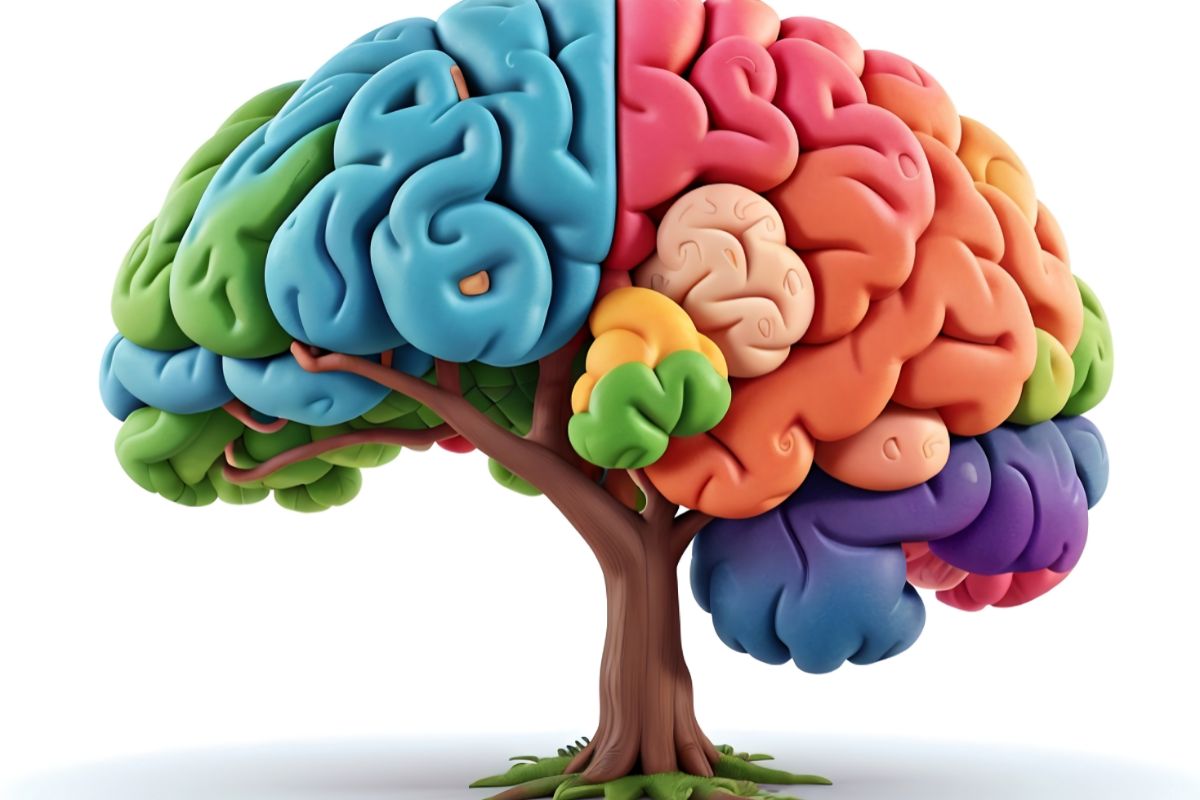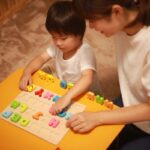Brain Teasers and IQ Improvement: Boosting Cognitive Skills

Brainteasers are puzzles or problems that require a lot of brain work and sharpness to solve. They are different kinds of puzzles, like logic grids, riddles, and math and spatial puzzles. Regularly solving brain teasers can improve many mental abilities: studies show that puzzles improve memory, focus, thinking, and problem-solving. Some research even shows that doing puzzles regularly can lead to small improvements in fluid intelligence, which is a part of IQ. For example, one study found that daily brain training could raise IQ by 4 points. Overall, interesting puzzles are good for your brain because they can help you remember things, focus better, think more clearly, and feel less stressed.
Brainteasers are good for your brain
A lot of problems use more than one part of your brain at the same time. Twisty 3D puzzles, like the Rubik’s Cube (shown above), need both logical planning and spatial thinking. Neuroscience says that puzzles use both sides of the brain. To solve them, the left side (analytical thinking) and the right side (visual/spatial sense) work together. This “full-brain” practice can help slow down the loss of brain function that comes with getting older by making neural connections stronger. Research has also shown that solving puzzles can help with short-term and working memory. Both kids and adults remember patterns and routines better when they work on puzzles.
Besides helping with remembering, puzzles also improve your ability to think and solve problems. By making the brain try ideas and switch strategies, they teach it to think in different ways. Especially spatial puzzles help you see how different parts fit together, which is useful for jobs like finding your way or packing. Brain teasers can also improve your mood and help you concentrate. Focusing on a puzzle can put you in a relaxing state called “flow,” and when you complete a task, your brain releases dopamine, a chemical that makes you feel good and motivates you. Whether it’s remembering the pieces of a jigsaw puzzle, figuring out the answers to a logic puzzle, or figuring out a riddle, solving puzzles regularly can keep your mind sharp and help you do better in everyday life.
Different Kinds of Brain Teasers
There are many kinds of brain puzzles. These are some of the main groups:
Logic puzzles: You have to use reasoning and inference to solve these puzzles. A puzzle “arising from the mathematical field of deduction” is what a logic puzzle is. Grid puzzles (also called “Zebra puzzles” or Einstein’s Riddle) let you figure out which object has which property. Other classic examples include Knights-and-Knaves puzzles, which have truth-tellers and liars, and number-placement games like Sudoku, where you have to fill in a grid so that each row, column, or block has all nine numbers. These are used to improve pure logic and can be found in puzzle magazines.
Puzzles and riddles: A puzzle or riddle is a question that is meant to be hard to answer or figure out. Most riddles use wordplay or double meanings. Some well-known examples are “Sphinx’s riddle” (“What goes on four legs in the morning? “), the answer to which is man, and “What gets wetter as it dries?”, which has the same answer today. Verbal and lateral thinking are both used when solving riddles because you have to look at the clues in a new way to find the secret meaning.
Space (Visual) problems: These problems test your ability to think visually and spatially. You have to change shapes, pictures, or 3D items in them. Some common types are jigsaw puzzles, where you have to fit connecting pieces together to make a picture, tangram puzzles, where you have to arrange geometric pieces to make shapes, 3D construction puzzles like Rubik’s cubes or Soma cubes, and maze or visual pattern puzzles. Putting together spatial puzzles helps you see and remember things that you see. Jigsaw puzzles, for example, help the brain learn how to put forms and colors together.
Visualization and memory are often used together in spatial puzzles. As the pieces fit together, you make a mental picture of the whole. A grandparent and a child are working together on a jigsaw puzzle in this picture. This is a familiar example of a spatial challenge. These kinds of puzzles test your visual memory and “mental imagery” abilities. They can be fun and relaxing to solve.
Math-Based problems: These problems depend on being able to use math and numbers. As examples, magic squares, arithmetic cross-number puzzles (like Kakuro or KenKen), number sequence puzzles, and the standard 15-puzzle (sliding tiles with numbers into order) come to mind. Math puzzles and logic puzzles often have things in common. For example, Sudoku uses numbers and tests your ability to solve numbers-based problems. Figuring them out improves your ability to work with numbers and see patterns, like finding patterns in series or equations.
Lateral-Thinking Puzzles: These “out of the box” problems ask you to think outside of the box and use your creativity. The solver has to figure out details that aren’t clear by asking “yes/no” questions or reinterpreting assumptions. The scenario is often strange. Case mysteries or “minute mysteries” are other names for them. One well-known lateral problem is the “barroom hiccups” puzzle, in which a man asks a bartender for water and the bartender pulls out a gun. “Why does the man say “thank you” and then leave?” The man had hiccups, but the scare got rid of them. These puzzles require you to look at things from different angles, which is exactly what Edward de Bono meant when he talked about “lateral thinking.” Solving them can help you think of new ways to solve problems and gain understanding.
Some well-known brain teasers broken down by type:
Sudoku is a type of logic puzzle that uses a number grid. The Zebra Puzzle is an Einstein puzzle, and Knights and Knaves riddles use truth/lie logic.
Puzzles: Well-known puzzles like “What has many keys but can’t open a single lock?” (answer: a piano) and “What gets wetter as it dries?” (towel).
Jigsaw puzzles, the Rubik’s Cube and other twisty puzzles, and Tangram shape puzzles are all types of spatial puzzles.
Math puzzles include magic squares, KenKen/Kakuro number puzzles, and number series puzzles like the famous “24 Game,” where 4 numbers add up to 24.
Side puzzles include the “man in the bar with hiccups” scenario, “two sons passing an object” puzzles, and “boat crossing” or “candle and match” puzzles with answers that don’t make sense.
Places to find Brain Teasers
You can do puzzles in a lot of different books, websites, and apps. A free website called Braingle.com has more than 15,000 puzzles, riddles, and brain games that users have posted. BrainBashers.com has daily puzzles, reasoning challenges, Sudoku, visual puzzles, and more, and it’s also free. There are many game sites on PuzzleBaron.com, such as Sudoku, crosswords, logic puzzles, and more. Some well-known puzzle books are The Moscow Puzzles (mathematical puzzles) and Mensa Mind Benders (logic puzzles and questions).
There are a lot of brain-training apps for phones and computers. A lot of people like the app or website Lumosity, which has a freemium subscription plan and a lot of games that help with memory, focus, and solving problems. In the same way, the Elevate app lets you make your own everyday reading, writing, math, and memory exercises. You can also find a huge number of free and cheap game apps, such as Sudoku, crossword, and “lateral-thinking” apps. Even everyday news sources often have puzzles. For example, the New York Times offers daily crosswords and Sudoku on their website and app (subscription needed).
Most of these resources let you pick the amount of difficulty, keep track of your progress, and sometimes even play against other people. Braingle and BrainBashers, for instance, change their tasks every day to keep things interesting. Apps like Lumosity and Elevate make your workouts unique based on how well you do.
Adding Brain Teasers to Your Daily Life
If you want to get the rewards, do puzzles every day. Research shows that doing a short, slightly difficult puzzle every day is often more successful (and more motivating) than doing a long, hard puzzle every day. Here are some ideas:
Do a puzzle every day for 5 to 15 minutes as a daily mini-challenge. Take a short break for breakfast or coffee and do a Sudoku, crossword puzzle, or riddle. This will “wake up” your thoughts.
It can be done during breaks. For example, while you’re waiting in line or on the bus, use game apps on your phone to clear your mind. Putting a puzzle on each screen can help you concentrate.
Change the type: Switch between types of puzzles to use a wide range of skills. In this case, do a math or logic puzzle one day, a word problem the next, and so on. Changing things up makes training interesting.
Solve problems with family, friends, or coworkers. This is called “social puzzling.” Family game night or puzzle clubs are fun ways to do puzzles with other people.
Take on the challenge: Over time, make it harder and harder. If a puzzle gets too easy, switch to a harder version. When you solve problems that are a little outside of your comfort zone, you grow.
Track your progress: Write things down or use apps that do it for you. Celebrating small wins, like getting answers right more often or faster, can help the practice stick.
Keep things the same, in short. Puzzles, even for just a few minutes a day, “work out” the brain. Neurologists say that doing puzzles for an hour or two a week can help you focus and keep your mind strong. In the end, puzzles should be fun, so pick tasks that you enjoy. Over time, this “playful practice” will make your memory and ability to think more clearly in real life.






